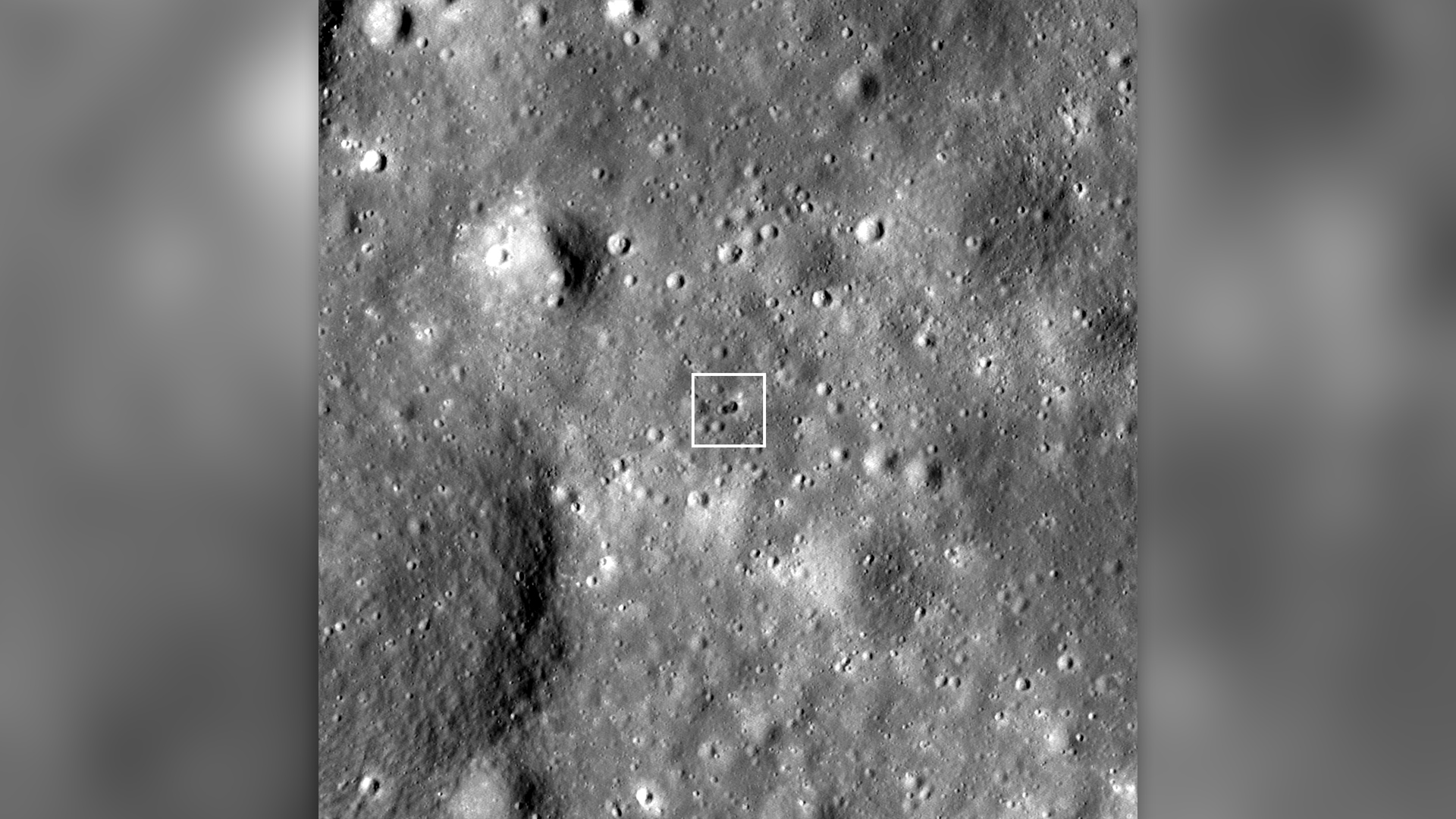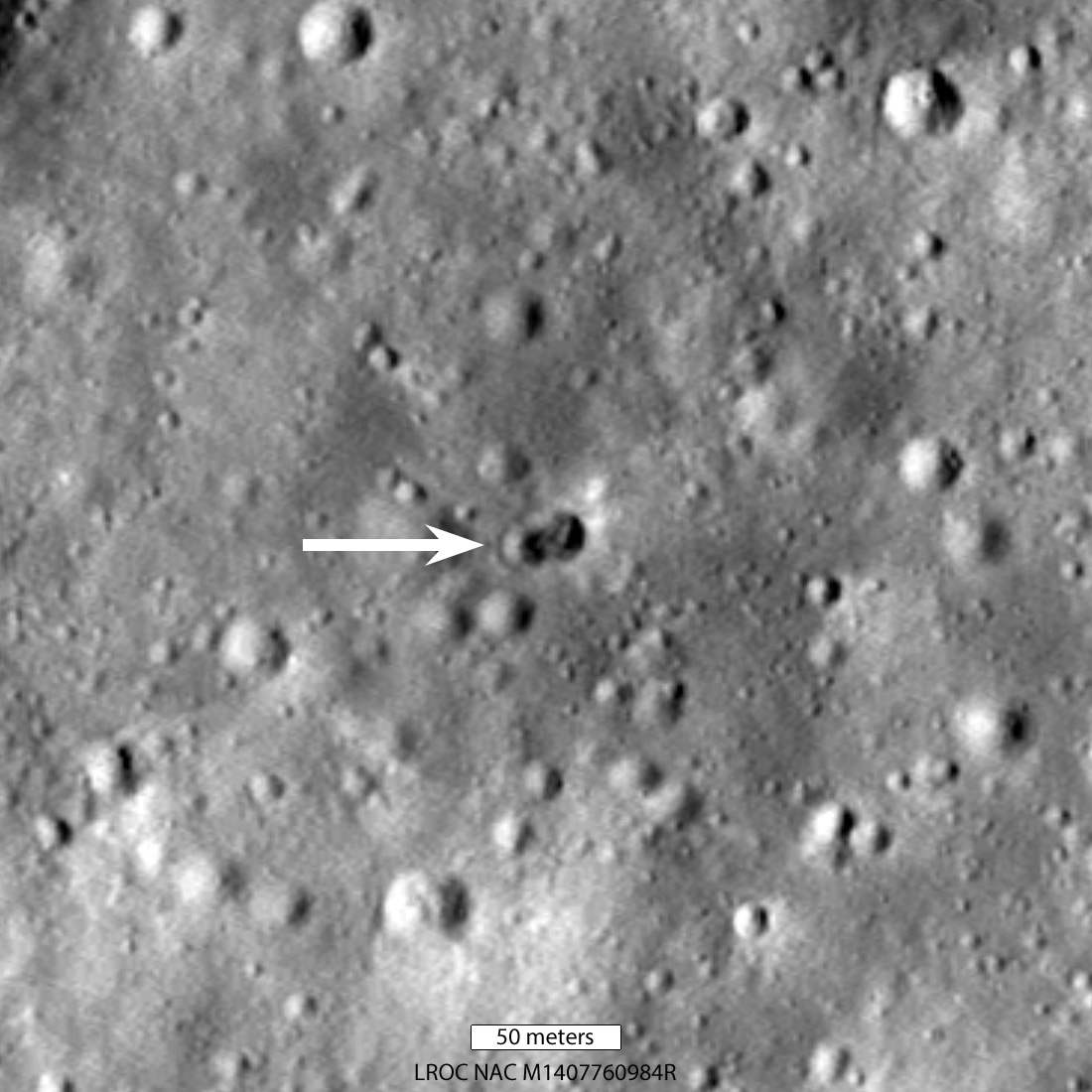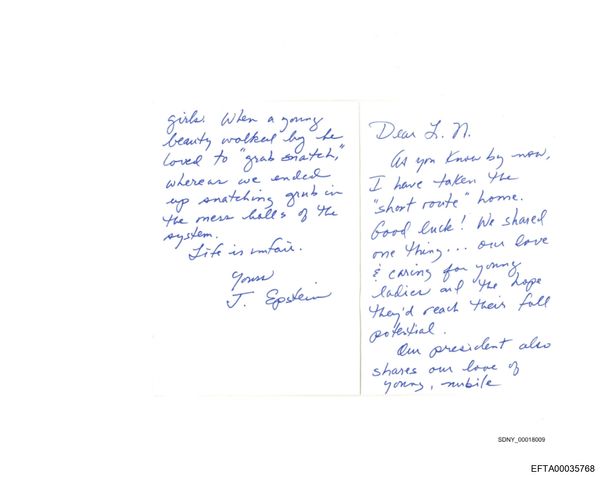
A mysterious rocket that crashed onto the moon's surface in March 2022 came from China and was carrying an undisclosed payload, a new study suggests.
The debris, which smashed into the far side of the moon after spending years tumbling through space, has had its origins contested since it was spotted — a mystery that was deepened by the strange double crater left behind at its crash site.
Now, in a paper published Nov. 16 in The Planetary Science Journal, scientists say they have "definitive proof" that the rocket was the spent upper stage of China's Chang'e 5-T1 rocket, which was likely carrying an unknown additional payload.
Related: Will Earth ever lose its moon?
First spotted in 2015 and given the designation WE0913A by astronomers at the Catalina Sky Survey, the space junk captured the attention of skywatchers in January 2022 when the U.S. space-debris tracker Bill Gray predicted that it would hit the moon's far side in a matter of months.
When Gray first spotted the debris, he suggested that it was the second stage of a Falcon 9 rocket launched by Elon Musk's SpaceX in 2015. But later observations and analysis of orbital data hinted that the object was the spent upper stage of China's Chang'e 5-T1 rocket, a spacecraft named after the Chinese moon goddess that launched in 2014. Chinese officials, however, disagreed, claiming that this rocket, a dry run for a mission that would retrieve a sample of the moon's unconsolidated rock known as regolith, burned up in Earth's atmosphere years ago.

Stranger still was when images of the crash site, taken by NASA's Lunar Reconnaissance Orbiter (LRO) on May 25, showed that the wayward debris had somehow punched out not one, but two overlapping craters at the Hertzsprung crater on the moon's far side.
To date, at least 47 NASA rocket bodies have crashed into the moon, according to Arizona State University, but "the double crater was unexpected," NASA wrote in a statement in June 2022. "No other rocket body impacts on the Moon created double craters."
To investigate the nature of WE0913A, the researchers looked for clues in how the junk behaved in flight and in the craters it left behind. By studying the changes to how sunlight reflected from the debris as it tumbled through space and comparing it with simulations, they found a close match to the Chang'e 5-T1 rocket. But it wasn't moving exactly how they expected it to.
"Something that's been in space as long as this is subjected to forces from the Earth's and the moon's gravity and the light from the sun," study first author Tanner Campbell, a doctoral student at the University of Arizona, said in a statement. "So you would expect it to wobble a little bit, particularly when you consider that the rocket body is a big empty shell with a heavy engine on one side. But this was just tumbling end-over-end, in a very stable way."
The researchers propose that the most likely explanation is that the rocket's mass distribution was like a pair of dumbbells — with its twin rocket boosters acting as the mass on one end and a mysterious counterweight fastened to the other. They also say that this arrangement is the reason why, upon smashing into the moon at roughly 5,770 mph (9,290 km/h), the debris made two craters.
"This is the first time we see a double crater," Campbell said. "We know that in the case of Chang'e 5 T1, its impact was almost straight down, and to get those two craters of about the same size, you need two roughly equal masses that are apart from each other."
What exactly the payload was is unclear, and will likely remain so, according to the scientists.
"Obviously, we have no idea what it might have been — perhaps some extra support structure, or additional instrumentation or something else," Campbell said. "We probably won't ever know."
Although WE0913A is the first space debris to collide with the moon unintentionally, it's far from the first time a human-made satellite has crashed there. In 2009, NASA's Lunar Crater Observation and Sensing Satellite was deliberately fired into the moon's south pole at 5,600 mph (9,000 km/h), unleashing a plume that enabled scientists to detect the chemical signatures of water ice. NASA also disposed of the Apollo programme Saturn V rockets by hurling them at the moon.







